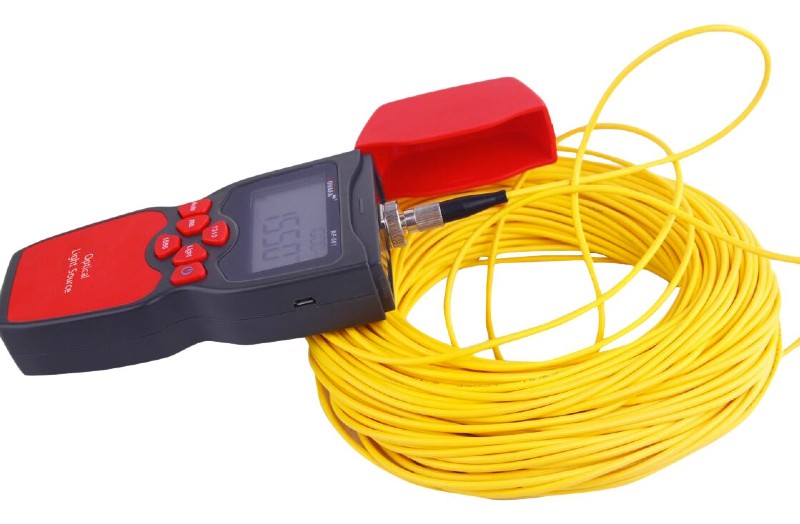
A member of the network team or someone contracted to maintain the cabling system. On these sites, whether it’s a hospital, bank, data centre, workplace, or even a system integrator. They must all work quicker and more efficiently than ever before. As a result, it is critical to understand the differences in cable testing for each kind. To be able to select test equipment that can be used to meet the requirements.
Cable testers are built with a variety of characteristics that are appropriate for a variety of activities. Given the nature of the test instrument in use Calibration (Certification), quality inspection (Qualification), and validation are the three primary categories of tests.
When do you require the services of a validator?
Technicians who drag and enter cable heads frequently employ validation testers. Alternatively, you may be able to move, add, and alter fundamental cables. This tool is the first line of defence for detecting connection and routing problems.
This device is focused on basic connection continuity testing, such as wiremap display and toning. It measures the length of a cable link or the distance to the point where the cable is severed or shorted on the link under test using its sophisticated Time Domain Reflectometer (TDR). This fiber optic power meter is also frequently used to detect and report whether the tested cable is connected to a device that supports it, such as a hub or switch. However, unlike the equipment used for quality checks or calibrations, this form of validation device does not generate a hard copy report.
Cable MicroScanner PoETM Verifier devices, for example, provide visual information on the lengths, wiring schematics, open or short circuits, and fault distances on the cables. It also identifies the power class type (0-8) on PoE, PoE+, and PoE++ switches (802.3at, af, and bt).
Extensive calibration
Calibration is the most rigorous type of cable testing. It is widely employed by commercial datacom service providers and network operators. Calibration equipment is the only type of device that provides “pass” or “fail” data in accordance with both TIA and ISO standards.
Many measurements are available with calibration test equipment based on a pre-defined frequency range. and thoroughly compare the test results to the standard The measurement results indicate which category or class the cabling standards on the link are based on (for example, Cat 5e, 6, 6A, 8 or Class E, EA, F, FA). Calibration is the final step required by cable manufacturers in order to provide guarantee for their officially authorised projects. This calibration test gadget offers visual analysis findings as well as several project management tools such as the option to document reports.
When should a calibrating device be used?
If you are cable tester suppliers who want to demonstrate to the network owner that all cabling systems have been properly installed. If the link meets the TIA or ISO specifications, a calibration check is required. Alternatively, if you are a network owner who want to inspect the installation from outside agencies. The only viable solution is to also employ a calibrating device. If you find yourself in a position where you need to fix network issues, it is necessary to demonstrate that the tested link does not meet industry-based Category 5e, 6, 6A, or 8 cable performance benchmarks. Calibration equipment is only used as a last option. As a result, calibrating equipment is seen as vital in the event of a disagreement or disagreement with the cable supplier or installer on the performance of the installed cable.
